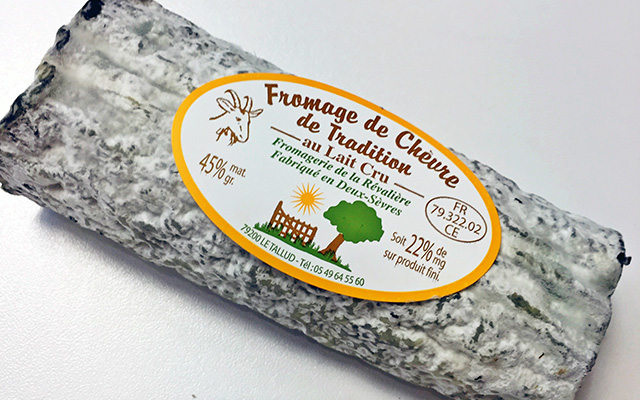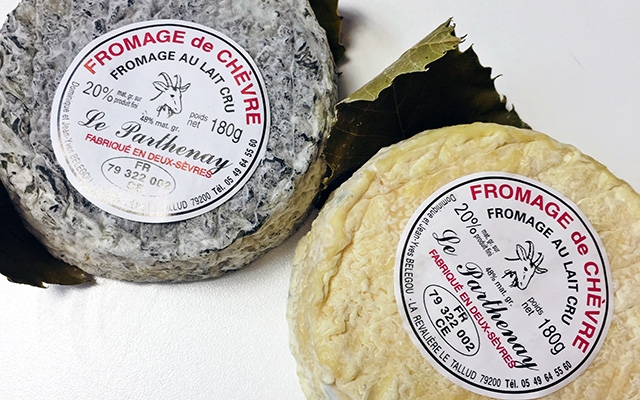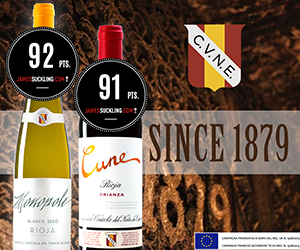I’ve been selling cheese as part, or all of my livelihood since the early 90’s.
Food trends and eating habits have changed a lot since then, and so has the world of cheese. Exciting new cheeses are developed in places you might never have thought they would. New cheese makers across the US and Canada are making raw milk cheese, and the emphasis on quality milk is tremendous. After all cheese is 99% milk so without great milk from happy animals the cheese can only taste so good.
The interest from consumers in these great farming practices is encouraging too. People are really interested in supporting cheese makers who are making special, unique cheeses. Here in BC the quality of the cheese being made is tremendous, and it is really exciting to see all the changes as they happen.
However with all good things there are always a few things lost in the food world. All of those beautiful, special goat cheeses from France seem to be the latest casualties. Fifteen years ago I could buy AOC designated goat cheese from 3 or 4 suppliers. They would arrive in all their glory, in little wooden crates tied up with string. You would open the string to find a beautiful, ash dusted Selles-sur-Cher or a pyramid shaped Pouligny-Saint-Pierre. It was way more exciting than Christmas! I would always marvel at how these small unwrapped cheeses had just made the arduous journey by boat from France to Canada, and survived.
Over the years, some suppliers dropped them from their order lists. The reason given was always that they were too problematic and not consistent. True enough but that’s what made them special. Eventually, it was down to two importers who were still bringing them into Canada. Even then the supply seemed to be sporadic and it has gotten worse over the years. I heard rumbling of difficulty getting these beautiful cheeses from all sorts of people in the cheese business that often travel to France.
Recently I have had people tell me that even the slightly more generic goaties from the Loire are in short supply now. It seems the reason is that the farmers are being offered tax incentives to grow corn instead of having animals. Is that the most terrible thing you have ever heard!

Just like wine, cheese is a farm product. Without good weather, good land and good people, the cost of doing business and producing your wine/cheese becomes impossible. It may become hard to charge enough to make your farm a viable business. Perhaps that is part of the story in the Loire.
So in light of the diminishing supplies of traditional goat cheese styles, we are all the more happy when we do get some in. These lovely goat cheeses are a far cry from the fresh chèvre that you would crumble into your salad. These cheeses are made with raw goat’s milk, many are hand ladled, salted and then dried. They are a little wrinkly on the outside and pure white on the inside. The dense, flaky pate can be almost chalky in the center. Sometimes people describe the texture as a little peanut butter, with that mouth coating feel.
Without the tangy taste of fresh chèvre many aged goat cheeses have a much more subtle, lasting flavor. Slightly barn-yard-y (yes I swear that’s a word), but with a lighter lemony finish. The rich texture is lovely and stays with you for some time. Where is that glass of Sancerre that we ordered!
I guess the point of my story is that when you see one of these cheeses you should buy one and enjoy it with a lovely glass of wine. Whether you travel to France or to your local cheese vendor, take advantage of the quality and care taken to make these amazing tasting treasures.

 quicksearch
quicksearch






